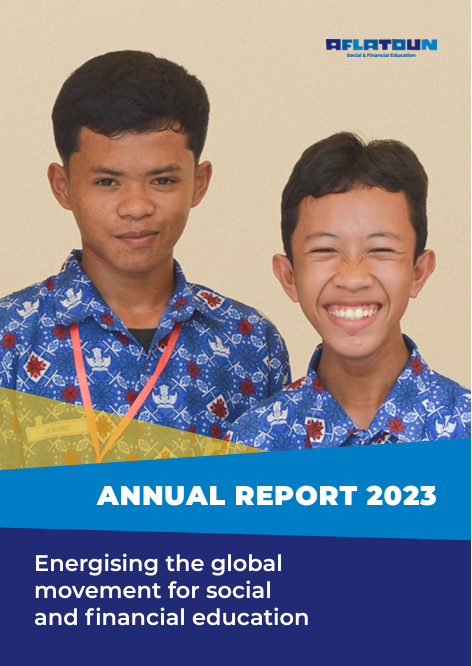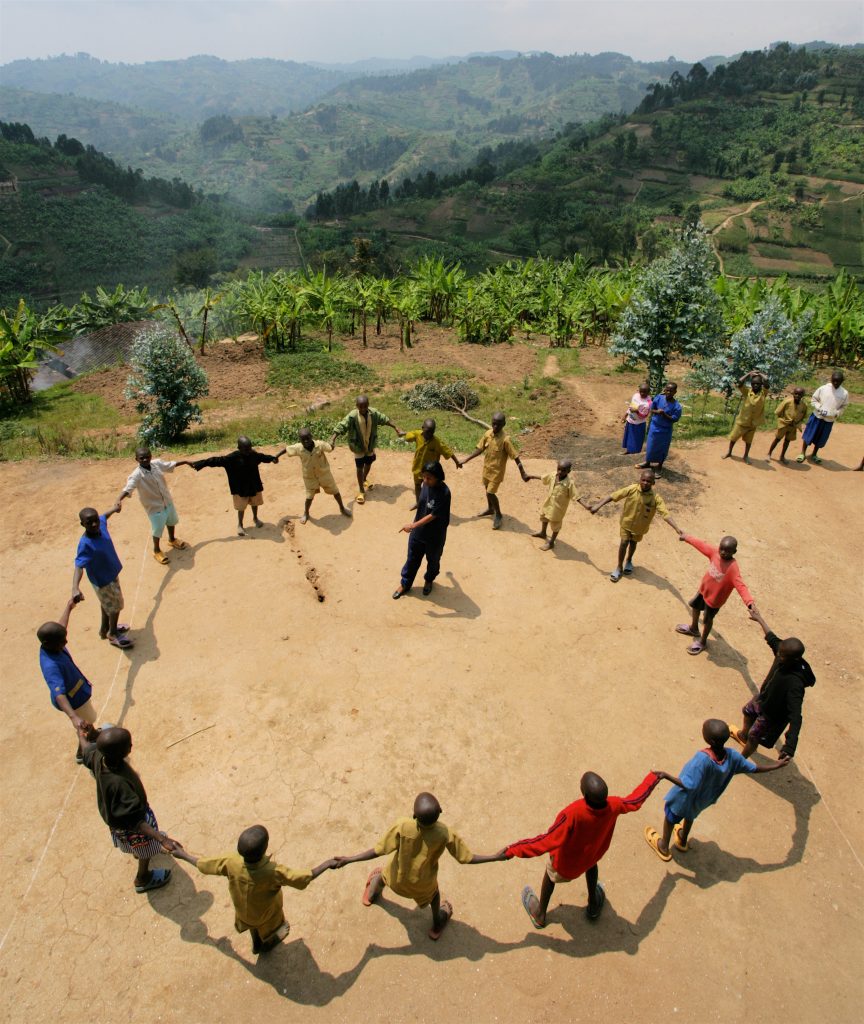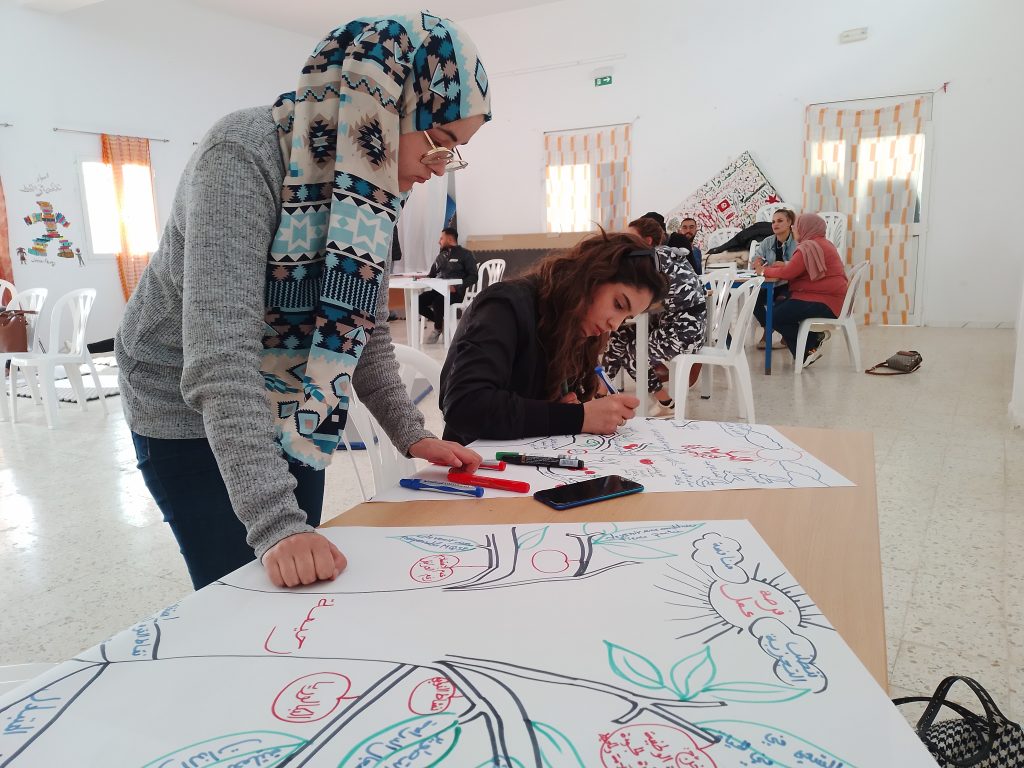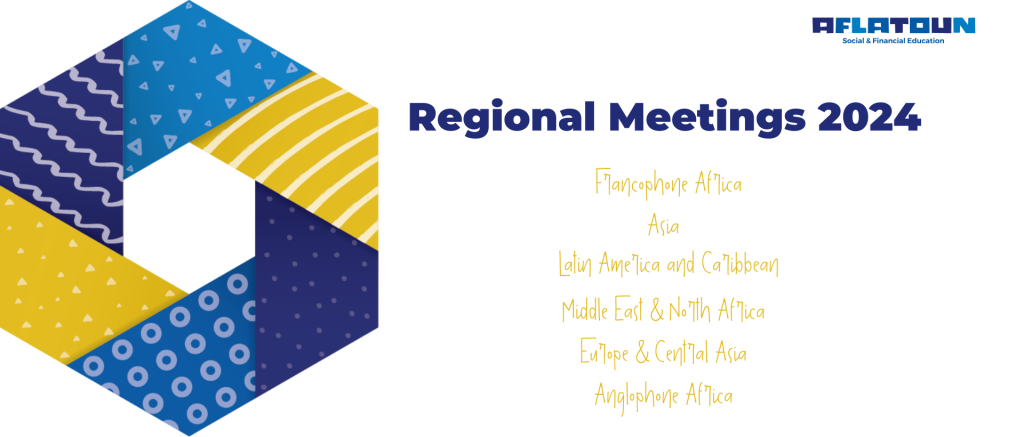In the last week of March 2019, I was in the state of Himachal Pradesh, India, where Aflatoun and its founding partner MelJol provide Life Skills and Financial Education to 8,503 children in government schools. In my role as Monitoring & Evaluation Manager, I travelled from Aflatoun’s office in Amsterdam to the bustling capital Delhi, from where the research team and I departed on a six-hour drive to the Himalayas.

Photo 1: Main street in Solan
Once arrived in Solan, the state’s second largest city, I was stunned by the fresh air, clean streets, and absence of honking and large crowds. There is also visibly less poverty in the streets compared to Delhi. In the distance, I see a group of cheerful children with neatly ironed uniforms coming out of school.
Himachal Pradesh has one of the highest literacy rates in the country and the state government fully supports our programme. It recognises the value of tackling prevalent issues that continue to hamper development such as gender inequality and low financial literacy rates. Development remains marked by considerably low female literacy rates of 76% compared to 83% for males. In addition, the state’s financial literacy rate of 16% is substantially lower than the national average of 24% (Census 2011).
Over the past two years, MelJol had begun implementing Aflatoun’s contextualised Life Skills and Financial Education-programme in 90 schools in the state. Thus, integrating the vision of the state government to foster socio-economic development by using education as a long-term strategy. Following the success of this programme, we have intended to scale up and fully embed it in the state’s formal school system. However, evidence is lacking on the programme’s impact (1) and it remains unclear whether the state government or a development organisation should lead upscaling (2).
To research the first question, Aflatoun consulted research company Sambodhi to collect empirical evidence. To do so, we compare children in 30 schools that follow the programme with children in 30 other schools that do not follow the programme by conducting interviews with children before and after the programme. Only in this way can we be sure that the programme causes the difference in skills and not natural development of children.











